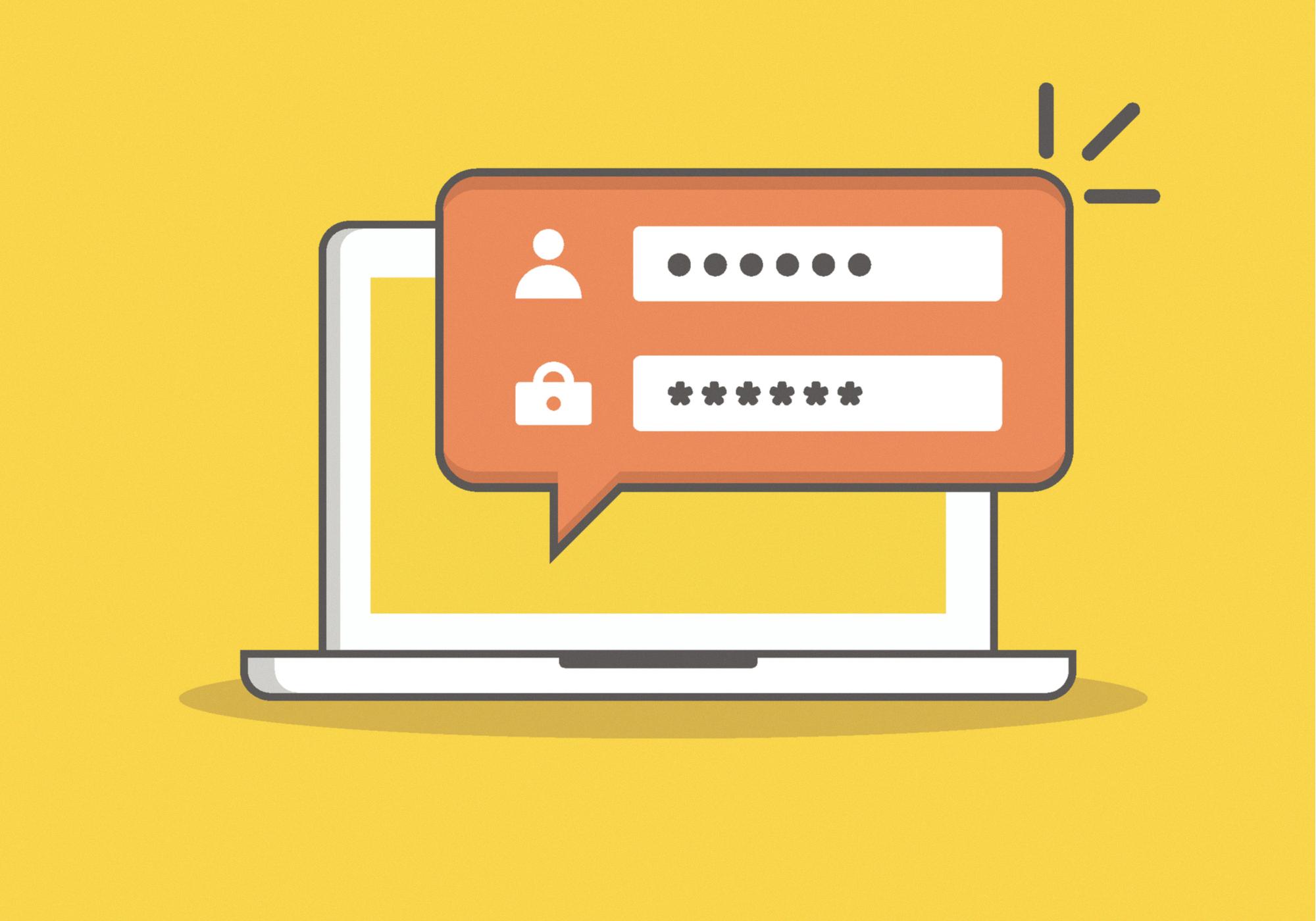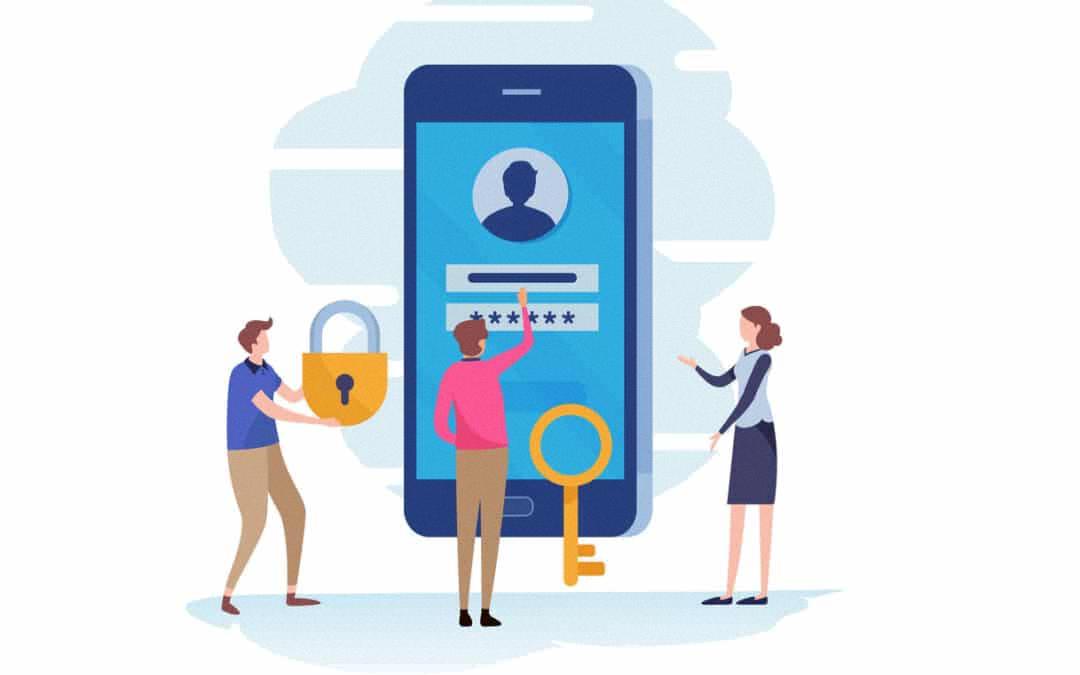We often hear about the importance of maintaining strong passwords, but what does it mean when a password is compromised? A compromised password is one that has been exposed in a data breach. In other words, hackers have obtained access to your account by stealing your login details. This means that anyone who has access to the stolen information can gain access to your account as well.
There are several ways in which passwords can be compromised. One of the most common methods is phishing emails. These emails appear to be from legitimate sources and trick users into entering their personal information, including their usernames and password. Attackers can also use malware, key loggers, or social engineering techniques to obtain passwords.
The consequences of having a compromised credential are severe. Not only can attackers gain access to your accounts, but they can also move laterally within the network and launch ransomware or other types of malware attacks. Even if you’re using a unique password for each account – if any one of those passwords is compromised, all the accounts associated with that password are now vulnerable.
In order to protect yourself against credential theft and other cyberattacks, it’s important to practice good security habits such as creating strong passwords and changing them regularly, avoiding clicking on suspicious links or attachments in emails, and enabling two-factor authentication (2FA) whenever possible. Additionally, regularly monitoring your accounts for suspicious activity is advised so you know as soon as possible if your credentials have been compromised or if there’s any unauthorized activity on any of your accounts.
No matter how careful you are online, there’s always a risk that your credentials could be stolen by hackers. Knowing what steps to take in case this happens will help ensure that you remain safe online and mitigate the damage caused by a data breach or credential theft attack.
Impact of Compromised Credentials
When credentials are compromised, it can have a devastating impact on any organization. Hackers can use stolen credentials to gain access to systems, accounts, and users that would otherwise be inaccessible. Once they are inside, they can move laterally within the network to gain access to further systems and data. They can also launch ransomware or other types of malware attacks in order to steal sensitive information or disrupt operations. These attacks can result in hefty fines for data breaches and long-term damage to an organization’s reputation and bottom line. Therefore, it is critical for organizations to ensure that their credentials remain secure and protect themselves from these potential threats.

Source: verdict.co.uk
The Impact of Stolen or Compromised Credentials
Stolen or compromised credentials refer to the theft of a user’s proof of identities such as usernames, passwords, and other security information. Once stolen, an attacker can impersonate the victim and use their credentials to gain access to accounts, databases, and systems associated with the victim. This type of attack is often used to gain access to sensitive data or financial accounts. Credential theft can be achieved through various techniques such as phishing, malware attacks, and social engineering. Stolen credentials are also commonly used in credential-stuffing attacks, which involve automated attempts to log into multiple accounts using the same set of stolen credentials.
Example of a Compromised Account
A compromised account is any account whose login details are known to someone who is not authorized to access the account. For example, if someone were to guess your username and password for one of your online accounts, that account would be considered compromised. Additionally, if you use the same username and password for multiple accounts, all of those accounts would be considered compromised as well. It’s important to have unique usernames and passwords for each of your online accounts in order to keep them secure from unauthorized access.
Is a Compromised Password the Same as a Hacked Password?
No, a compromised password does not necessarily mean it has been hacked. A compromised password is an individual password that has been identified as one that was included in a documented data breach, either through the public release of stolen information by hackers or through the sale of stolen information on the dark web. It is important to note that just because a person’s password has been compromised does not necessarily mean they have been hacked, as the data breach may have simply exposed the password without any further malicious activity taking place.
What Are the Risks of Sharing Credentials?
If someone has access to your credentials, they can do a lot of damage. They can access your email accounts, social media accounts, and bank accounts to make fraudulent purchases and transfers. They can also use the information they find in your accounts to gain access to your other personal records and information, like PII (personally identifiable information). This PII can then be used for identity theft or sold on the Dark Web. In short, having your credentials compromised can lead to a wide range of malicious activities. Therefore, it is important that you take steps to protect yourself from credential theft by using strong passwords and two-factor authentication whenever possible.
The Risks of Compromised Passwords
Yes, you should be concerned if your passwords or username combinations have been compromised. Compromised passwords and usernames can leave you vulnerable to cyber criminals who can access sensitive information stored on your accounts. To protect yourself, it is important to immediately change any compromised passwords or usernames as soon as you can. Additionally, it’s a good idea to use unique passwords for each of your accounts and use two-factor authentication when available.
Possible Ways Information Could Be Compromised
1. Unsecure Wi-Fi Connections: If you access an unsecured Wi-Fi network, the information sent and received over that connection can be intercepted by malicious third parties.
2. Malware or Spyware: Malicious software, such as malware or spyware, can be used to gain access to your personal data and information stored on your computer or mobile device.
3. Phishing Scams: Cyber criminals use phishing scams to try and trick you into giving them access to your account details and other confidential information. They may send emails disguised as legitimate companies or organizations asking for personal information, passwords, credit card numbers, etc.
What to Do If You Suspect Your Password Has Been Compromised
If you think your password has been compromised, the most important thing to do is to act quickly. First, change your passwords on any accounts that use the same or a similar password. It’s also a good idea to create a unique and strong password for each account you have. Additionally, if possible, enable two-factor authentication for added security. This requires an extra step when signing in (such as entering a code sent via text message) in order to gain access. Furthermore, you should monitor your online accounts for any suspicious activity and check your credit reports regularly for any unauthorized activity. Lastly, if you believe that your personal information has been stolen or used without permission, contact the company whose website was affected by the breach and consider enrolling in an identity theft protection service. Taking these steps can help protect your identity and financial information from potential misuse or fraud.

Source: designedprivacy.com
Conclusion
In conclusion, compromised credentials are a serious threat to online security and can have far-reaching implications for those whose accounts have been compromised. Not only does credential theft allow unauthorized individuals to access an individual’s accounts, but it can also be used to launch ransomware, malware, or other malicious attacks. As such, it is important to take steps to prevent credential theft by using strong passwords and changing them regularly. Additionally, it is important to be aware of any data breaches that may have exposed your credentials and take the necessary steps to secure your accounts.








